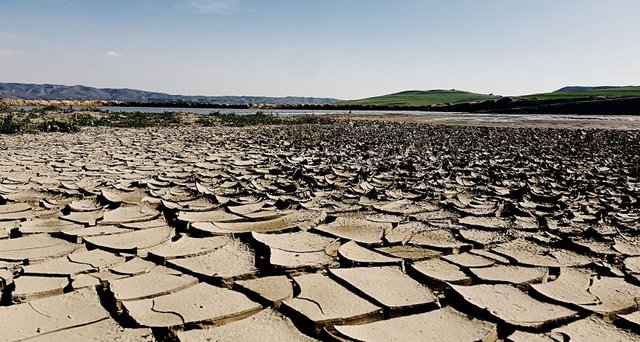We’re living in a new geologic age. It’s called the Meghalayan.
Meghalayan, our geologic at this very moment. It's one of three recently assigned ages divvying up the Holocene Age, a geologic day and age commenced 11,700 years prior before the finish of the Ice Age.

In the first place came a warming period, now named the Greenlandian Age. At that point, around 8,300 years prior, the Northgrippian Age started with a major chill that grasped Earth for around 4,000 years. At long last, the Meghalayan began 4,200 years back with a staggering, 200-year overall megadrought.
"It denoted a very genuine fall of human rural civic establishments," says Phil Gibbard of the Global Association of Geographical Sciences, which confirmed the new ages June 14 and discharged a refreshed geologic time scale July 13. The megadrought activated human emergencies and relocations running from China to the Center East to India, where the new age's namesake is found. A stalagmite from a collapse the upper east Indian territory of Meghalaya goes about as the official time stamp marker for the beginning of the age. The dry spell is likewise recorded in other geologic residue and at archeological destinations around the globe.
The Meghalayan is the main formal geologic time interim in Earth's 4.6-billion-year history that started in the meantime as a worldwide, atmosphere driven social occasion.